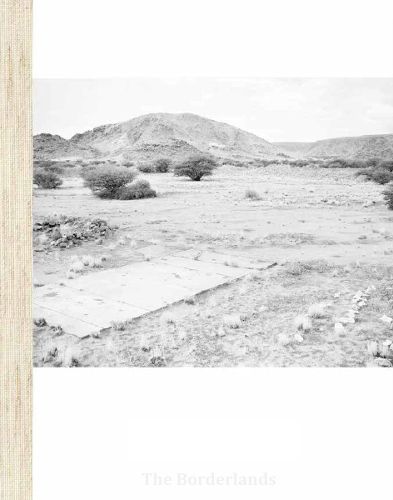Readings Newsletter
Become a Readings Member to make your shopping experience even easier.
Sign in or sign up for free!
You’re not far away from qualifying for FREE standard shipping within Australia
You’ve qualified for FREE standard shipping within Australia
The cart is loading…






Since 2007 Ractliffe’s photography has focused on the aftermath of the war in Angola. Ractliffe writes: For most South Africans, Angola was perceived as a distant elsewhere-‘the border’ - where brothers and boyfriends were sent as part of their military service. Now, over two decades since Namibia’s independence and the withdrawal of SADF [South African Defence Force] troops from the region, the ‘Border War’ remains something with which much ignorance and shame-for some, even betrayal-are associated. During the making of As Terras do Fim do Mundo, I became curious about whether traces of the war could be found within South Africa’s borders. I was interested in exploring the idea of a militarized landscape. But rather than spaces connected with the usual apparatus of South Africa’s military, I wanted to search out sites that were intricately connected to that war. Ractliffe identified and photographed at three primary locations: Pomfret, Kimberley (including Schmidtsdrift and Platfontein), and Riemvasmaak. All of these sites were occupied by the SADF during the mobilization of the war and its aftermath. They also share histories of violence and dispossession during the apartheid era and, since the advent of democracy, of reconciliation and redress. Ractliffe is interested in the intersection of these histories: how they impact now, in the present life of these places.
$9.00 standard shipping within Australia
FREE standard shipping within Australia for orders over $100.00
Express & International shipping calculated at checkout
Since 2007 Ractliffe’s photography has focused on the aftermath of the war in Angola. Ractliffe writes: For most South Africans, Angola was perceived as a distant elsewhere-‘the border’ - where brothers and boyfriends were sent as part of their military service. Now, over two decades since Namibia’s independence and the withdrawal of SADF [South African Defence Force] troops from the region, the ‘Border War’ remains something with which much ignorance and shame-for some, even betrayal-are associated. During the making of As Terras do Fim do Mundo, I became curious about whether traces of the war could be found within South Africa’s borders. I was interested in exploring the idea of a militarized landscape. But rather than spaces connected with the usual apparatus of South Africa’s military, I wanted to search out sites that were intricately connected to that war. Ractliffe identified and photographed at three primary locations: Pomfret, Kimberley (including Schmidtsdrift and Platfontein), and Riemvasmaak. All of these sites were occupied by the SADF during the mobilization of the war and its aftermath. They also share histories of violence and dispossession during the apartheid era and, since the advent of democracy, of reconciliation and redress. Ractliffe is interested in the intersection of these histories: how they impact now, in the present life of these places.